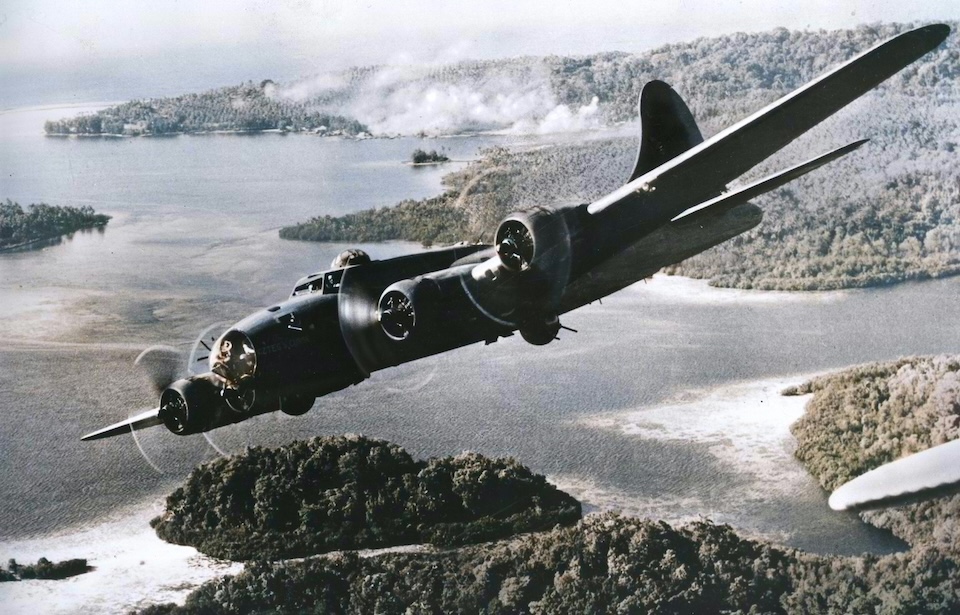To their surprise, the wreckage was identified as a Boeing B-17E Flying Fortress, long forgotten by US forces. Yet, the real find was within the remains of the crashed bomber itself.
The crew survived a death-defying crash
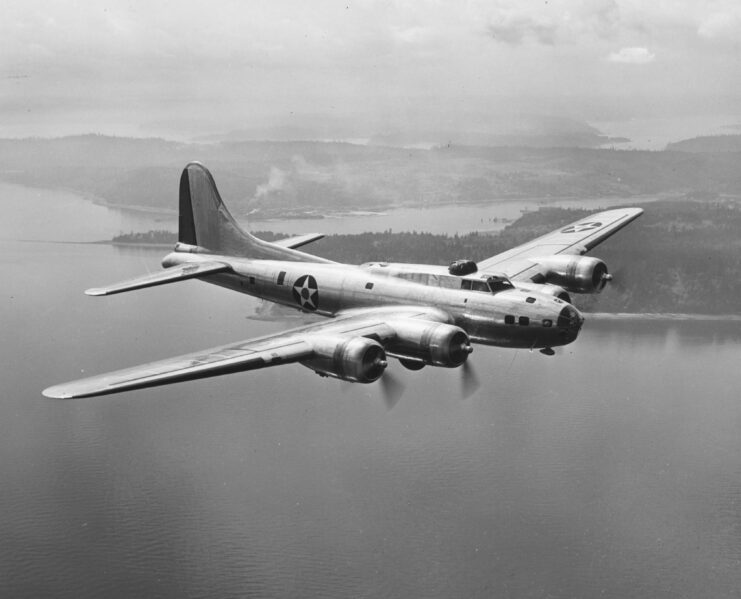
On February 23, 1942, several months after the catastrophic attack on Pearl Harbor, the B-17E Flying Fortress, commanded by Capt. Frederick C. Eaton Jr., came under enemy fire while flying over Rabaul, Papua New Guinea, then occupied by the Japanese. With its wing damaged and a severe fuel leak, the bomber faced a difficult return to the safety of Port Moresby.
In a bid for survival, Eaton decided to attempt a crash landing, targeting what he thought was a wheat field. The reality was far less forgiving; the crew ended up in a perilous swamp that was the home of aggressive crocodiles. Against the odds, they survived and were rescued by local villagers who offered shelter and medical aid, helping them recover from malaria. Once they regained their health, they continued their service until the end of the Second World War.
The legend of the “Swamp Ghost”
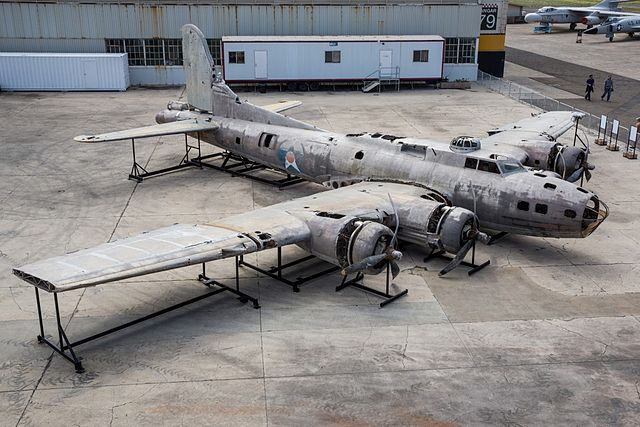
After the crash, neither the B-17E crew nor the US Air Force made any attempts to retrieve the heavy bomber. It remained in the swamp, drawing attention from nearby villagers. Over time, it became a sort of semi-sacred site, with strange occurrences reported by those who ventured near the wreck.
According to local legend, some who came close to the aircraft vanished without a trace, while others fell ill with malaria or suffered from psychological issues. This led the locals to avoid the area and regard it as a sacred space, believing it would protect them from the bizarre events.
After the war the “Swamp Ghost” became a popular attraction
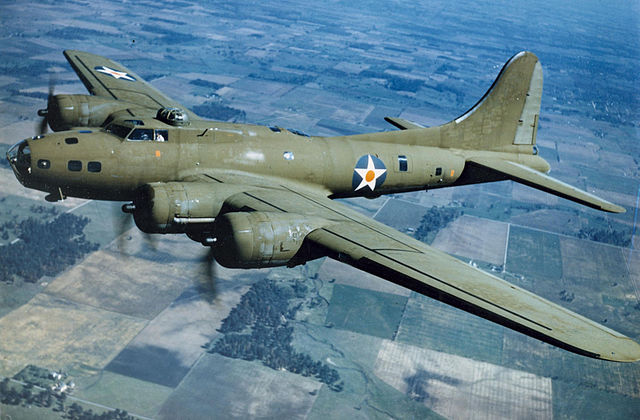
Following the war, Papua New Guinea became a popular destination for relic hunters looking for downed aircraft, old guns and infrastructure, and other artifacts the jungle had swallowed up. The “Swamp Ghost” quickly became one of the main attractions.
Salvagers spotted the B-17E Flying Fortress in the jungle
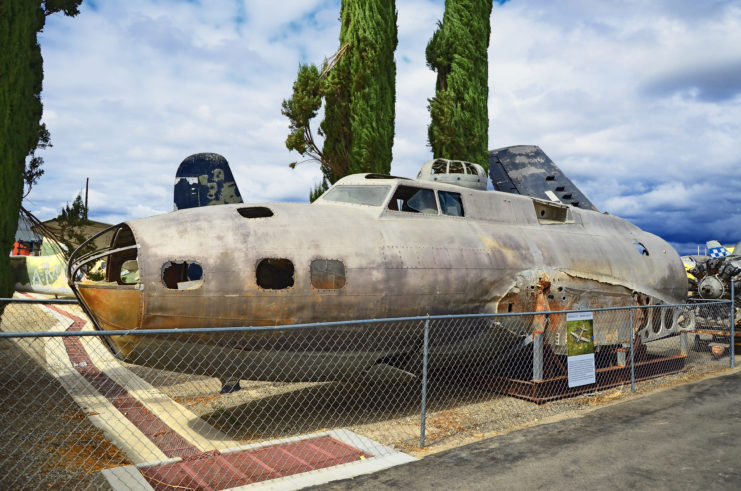
In the 1980s, the famed aircraft salvager Fred Hagan and his partner, David Tallichet, heard about the discovery and made the decision to track down and recover the wreck. They were just as amazed to find the “Swamp Ghost” in such a well-preserved condition. Although most of the weapons and mechanical parts had been taken by locals, the interior remained largely intact.
Hagan and Tallichet then set out to reconstruct the heavy bomber to ensure it was stable enough for transport. However, various setbacks caused delays for years. It wasn’t until 2006 that the salvage operation was finally completed, but not without facing one last obstacle: local opposition to its removal. After a ceremony to honor the spirits of the swamp, the aircraft was finally permitted to leave its resting place for the first time in 65 years.
Where is the “Swamp Ghost” now?
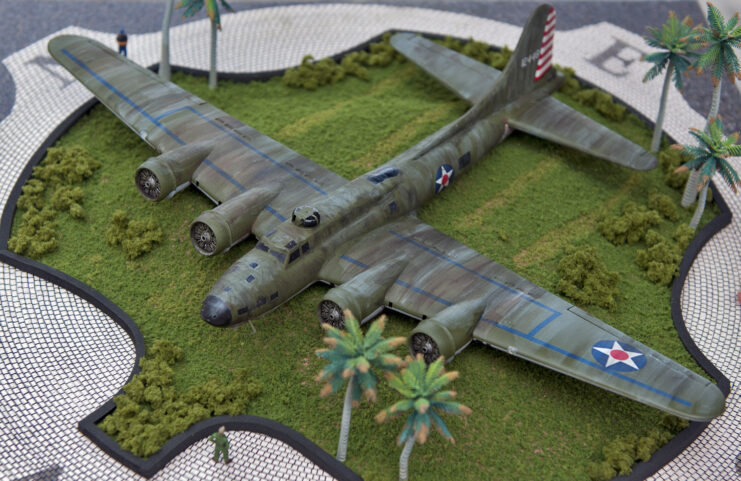
Want War History Online‘s content sent directly to your inbox? Sign up for our newsletter here!
Once it was fully restored, the “Swamp Ghost” was put on display at a ceremony in Long Beach, California that was attended by many family members of the original crew. It has since been permanently moved to the Pearl Harbor Aviation Museum in Hawaii, where it’s undergoing restoration.
